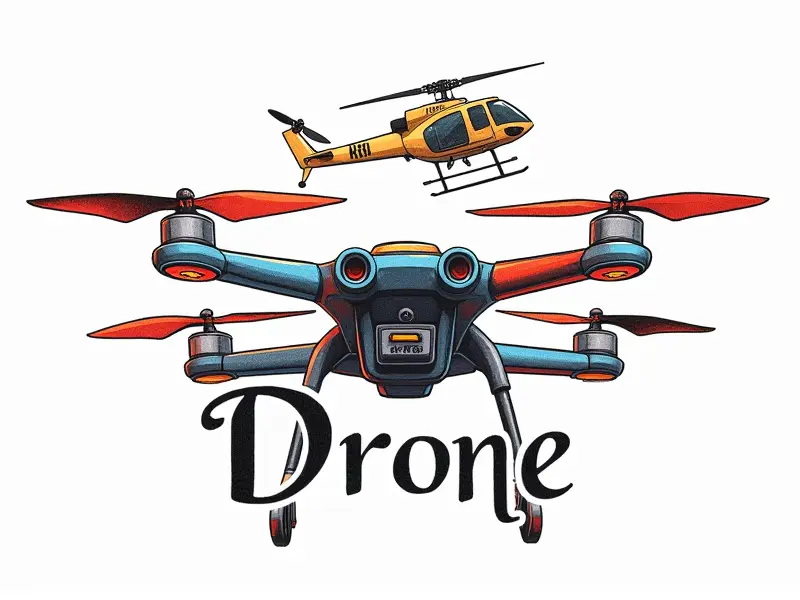Transmitter vs receiver

Understanding RC Transmitters vs Receivers
Radio Control (RC) enthusiasts often find themselves navigating through a plethora of technical terms and equipment when setting up their systems. Among these components, transmitters and receivers stand out as crucial elements that dictate the performance and reliability of your RC setup. This article delves into the world of RC transmitters and receivers, explaining their roles, functions, and how to optimize them for peak performance.
TX vs RX: Essential Guide Explained
The terms "transmitter" (TX) and "receiver" (RX) are fundamental in the realm of RC technology. A transmitter is a handheld device that sends signals to control your remote-controlled vehicle or aircraft, while a receiver receives these signals and translates them into commands for the electronics within the RC unit.
Mastering RC Transmitter Receiver Basics
To master the basics of RC transmitters and receivers, it's essential to understand their core functionalities. A transmitter is responsible for emitting radio frequency (RF) signals that are picked up by a receiver installed in your RC model. The receiver then decodes these signals and sends commands to servos or electronic speed controllers (ESCs).
How Do RC Transmitters and Receivers Work?
The process begins when you move the sticks on your transmitter, which generates electrical impulses that are modulated into RF signals. These signals travel through the air until they reach the receiver in your RC model. The receiver demodulates these signals back into electrical commands to control servos or ESCs.
Key Functions of RC Transmitters & Receivers
- Transmitter: Sends RF signals based on user input.
- Receiver: Decodes and relays commands to control components.
The transmitter is your interface with the RC model, allowing you to send commands such as throttle, steering, and other functions. The receiver acts as a bridge between the transmitted signals and the electronic systems within your RC vehicle or aircraft.
Beginner's Guide to RC Transmitter/Receiver Setup
Setting up an RC transmitter and receiver can seem daunting for beginners, but with proper guidance, it becomes straightforward. Here’s how you can set up these components:
- Pairing: Ensure that your transmitter is paired with the correct receiver.
- Programming: Configure channels and modes according to your RC model's requirements.
Proper pairing is crucial for ensuring reliable communication between your transmitter and receiver. Follow the manufacturer’s instructions for specific steps on how to pair these components effectively.
Maximizing Performance with Proper TX/RX Pairing
To achieve optimal performance, it's important to understand that proper TX/RX pairing is not just about connecting the devices; it involves ensuring compatibility and reliability. Here are some tips for maximizing performance:
- Channel Selection: Choose channels with minimal interference.
- Battery Management: Ensure both transmitter and receiver batteries are fully charged before use.
Selecting the right channel reduces the risk of signal interference from other devices. Additionally, maintaining healthy battery levels ensures consistent performance throughout your RC sessions.
Common Issues with RC Transmitters and Receivers
Like any technology, RC transmitters and receivers can encounter issues that affect their functionality. Some common problems include:
- Signal Interference: Caused by other RF devices or environmental factors.
- Battery Drain: Occurs when batteries are not properly maintained.
To mitigate these issues, ensure your equipment is well-maintained and stored in a dry environment. Regularly check for firmware updates from manufacturers to address any known bugs or performance issues.
What's the Difference Between Transmitter and Receiver?
The primary difference between a transmitter and receiver lies in their roles within an RC system:
- Transmitter (TX): Emits RF signals based on user input.
- Receiver (RX): Receives and decodes these signals to control the model.
The transmitter is your primary control interface, while the receiver translates these commands into actions for your RC vehicle or aircraft.
Transmitter vs Receiver: Key Functions Explained
To summarize their key functions:
- Transmitter (TX): Sends signals to control the model.
- Receiver (RX): Receives and processes these signals for execution.
The transmitter sends out modulated RF signals, which are then decoded by the receiver to execute commands like throttle or steering adjustments.
Choosing the Right RC Transmitter or Receiver
Selecting the right components is crucial for your RC setup. Consider factors such as:
- Bandwidth and Range: Ensure it meets your requirements.
- Compatibility: Check if it works with your specific model.
Investing in high-quality transmitters and receivers that match the needs of your RC hobby will enhance your overall experience.
Conclusion
In conclusion, understanding the roles and functions of RC transmitters and receivers is essential for any RC enthusiast. By mastering the basics, optimizing performance through proper pairing, and addressing common issues, you can ensure reliable and enjoyable control over your RC models. Choosing the right components based on compatibility and requirements further enhances your experience in this exciting hobby.

